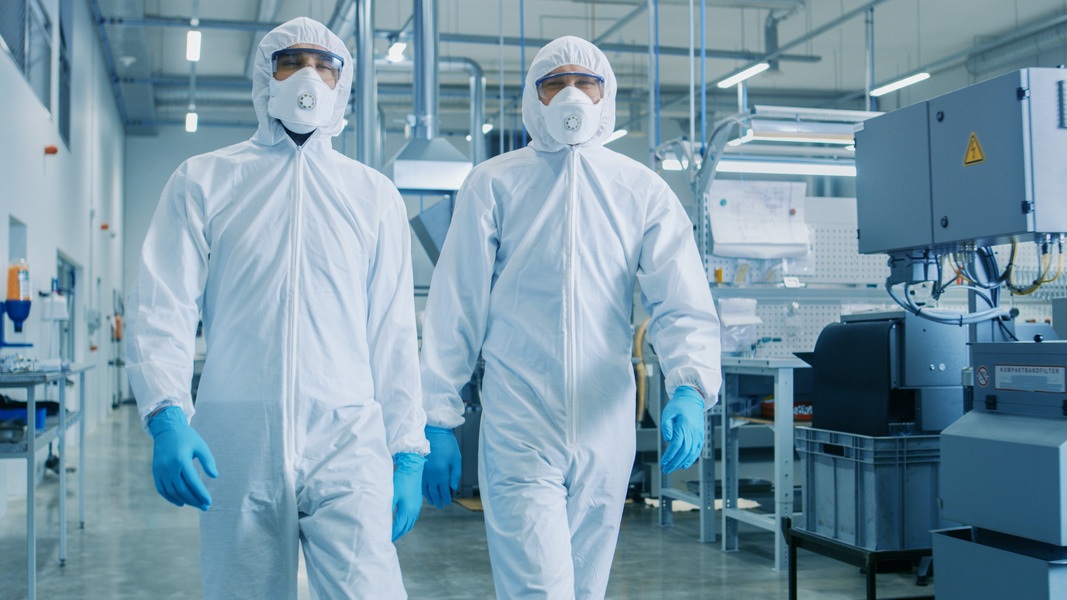There are tables of planned expansions (attached).
By enacting the CHIPS and Science Act in August 2022, policymakers in Washington took an historic step toward attracting investment in semiconductor production and innovation in the U.S. And while the new law must still be implemented effectively and efficiently to realize its potential, the CHIPS Act has already sparked private investments in the U.S. that will strengthen the U.S. economy, job creation, and supply chain resilience.
From the time the CHIPS Act was introduced in the Spring of 2020 through the months following its enactment, companies in the semiconductor ecosystem announced dozens of projects to increase manufacturing capacity in the U.S. Some projects began in anticipation of CHIPS Act funding and relying on policymakers’ commitment to follow through on such funding, while others moved forward following enactment of the legislation. Here are some highlights of announcements spurred by the CHIPS Act:
In anticipation of CHIPS Act incentives, some projects have already begun groundbreaking and construction activities, with production to start as early as the end of 2024. Other projects will begin construction in 2023. And some projects incentivized by the CHIPS and Science Act may operate on an even quicker timeline, including such projects as tool upgrades or additions. The announced projects include the construction of 23 new chip fabs and the expansions of 9 fabs.
Increased fab construction spurs investments by suppliers of materials, chemicals, and equipment. As a result, companies that supply semiconductor manufacturing equipment and the materials used in the production of chips—including high-purity chemicals, specialty gases, and wafers—announced plans to invest in several facilities to support increased domestic manufacturing capacity.
The total impact of the new fabs, expansion of existing fabs, and equipment and materials supplier projects amount to nearly $200 billion in company investments and the creation of approximately 40,000 jobs throughout the U.S. semiconductor supply chain. Job creation in this sector supports jobs throughout the broader U.S. economy. In fact, a 2021 SIA-Oxford Economic study found that for each U.S. worker directly employed by the semiconductor industry, an additional 5.7 jobs are supported in the wider U.S. economy.
In addition to the Commerce grants, the CHIPS Act also includes the “Advanced Manufacturing Investment Credit” for semiconductor manufacturing facilities and facilities that produce semiconductor manufacturing equipment. Taken as a whole, these incentives are expected to generate significant investment in the semiconductor ecosystem in the U.S., and both are sorely needed to close the significant cost gap between the U.S. and global competitors.
In August, with enactment of the CHIPS and Science Act, bipartisan leaders in Washington initiated a bold bet that an investment in U.S. chip production and innovation was an investment in America’s future. Just four months after enactment of the CHIPS and Science Act, the semiconductor sector has responded enthusiastically in anticipation of CHIPS incentives, announcing and initiating dozens of projects totaling $200 billion in private investment in the U.S.
SIA looks forward to working with the Commerce Department to ensure the CHIPS Act is implemented in an effective, efficient, and timely manner. Doing so will help reinvigorate U.S. chip production and innovation and deliver major benefits for America’s economy, job creation, national security, supply chain resilience, and technology leadership.

 www.semiconductors.org
www.semiconductors.org
By enacting the CHIPS and Science Act in August 2022, policymakers in Washington took an historic step toward attracting investment in semiconductor production and innovation in the U.S. And while the new law must still be implemented effectively and efficiently to realize its potential, the CHIPS Act has already sparked private investments in the U.S. that will strengthen the U.S. economy, job creation, and supply chain resilience.
From the time the CHIPS Act was introduced in the Spring of 2020 through the months following its enactment, companies in the semiconductor ecosystem announced dozens of projects to increase manufacturing capacity in the U.S. Some projects began in anticipation of CHIPS Act funding and relying on policymakers’ commitment to follow through on such funding, while others moved forward following enactment of the legislation. Here are some highlights of announcements spurred by the CHIPS Act:
- Over 40 new semiconductor ecosystem projects announced across the U.S., including the construction of new semiconductor manufacturing facilities (fabs), expansions of existing sites, and facilities that supply the materials and equipment used in chip manufacturing
- Nearly $200 billion in private investments announced across 16 states to increase domestic manufacturing capacity
- 40,000 new high-quality jobs announced in the semiconductor ecosystem as part of the new projects, which will support many more jobs throughout the broader U.S. economy
In anticipation of CHIPS Act incentives, some projects have already begun groundbreaking and construction activities, with production to start as early as the end of 2024. Other projects will begin construction in 2023. And some projects incentivized by the CHIPS and Science Act may operate on an even quicker timeline, including such projects as tool upgrades or additions. The announced projects include the construction of 23 new chip fabs and the expansions of 9 fabs.
Increased fab construction spurs investments by suppliers of materials, chemicals, and equipment. As a result, companies that supply semiconductor manufacturing equipment and the materials used in the production of chips—including high-purity chemicals, specialty gases, and wafers—announced plans to invest in several facilities to support increased domestic manufacturing capacity.
The total impact of the new fabs, expansion of existing fabs, and equipment and materials supplier projects amount to nearly $200 billion in company investments and the creation of approximately 40,000 jobs throughout the U.S. semiconductor supply chain. Job creation in this sector supports jobs throughout the broader U.S. economy. In fact, a 2021 SIA-Oxford Economic study found that for each U.S. worker directly employed by the semiconductor industry, an additional 5.7 jobs are supported in the wider U.S. economy.
In addition to the Commerce grants, the CHIPS Act also includes the “Advanced Manufacturing Investment Credit” for semiconductor manufacturing facilities and facilities that produce semiconductor manufacturing equipment. Taken as a whole, these incentives are expected to generate significant investment in the semiconductor ecosystem in the U.S., and both are sorely needed to close the significant cost gap between the U.S. and global competitors.
In August, with enactment of the CHIPS and Science Act, bipartisan leaders in Washington initiated a bold bet that an investment in U.S. chip production and innovation was an investment in America’s future. Just four months after enactment of the CHIPS and Science Act, the semiconductor sector has responded enthusiastically in anticipation of CHIPS incentives, announcing and initiating dozens of projects totaling $200 billion in private investment in the U.S.
SIA looks forward to working with the Commerce Department to ensure the CHIPS Act is implemented in an effective, efficient, and timely manner. Doing so will help reinvigorate U.S. chip production and innovation and deliver major benefits for America’s economy, job creation, national security, supply chain resilience, and technology leadership.
The CHIPS Act Has Already Sparked $250 Billion in Private Investments for U.S. Semiconductor Production
Last updated February 26, 2024 at 9:30 a.m. ET By enacting the CHIPS and Science Act in August 2022, policymakers in Washington took an historic step toward at


